Advertisement
Published: December 2nd 2006
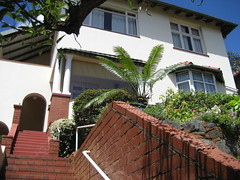
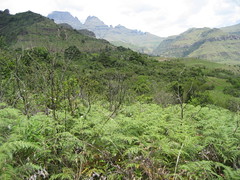
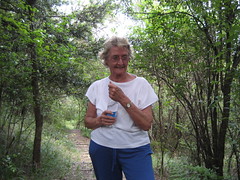
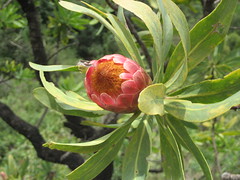
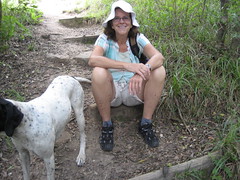
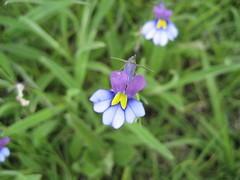
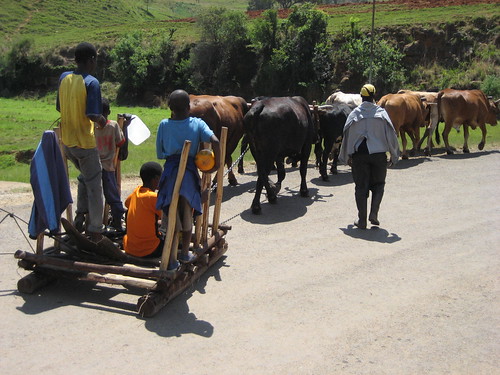
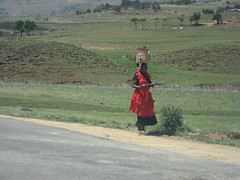
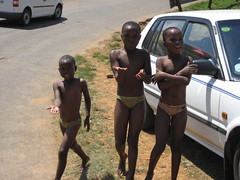
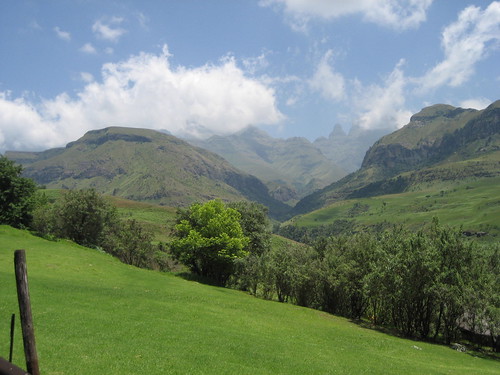
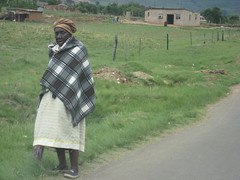
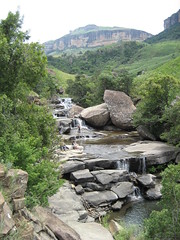
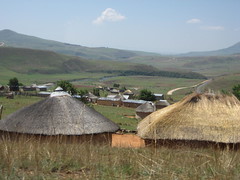
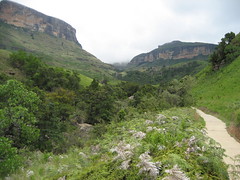
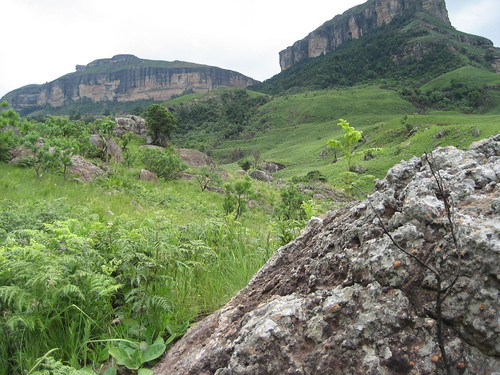
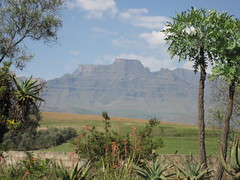
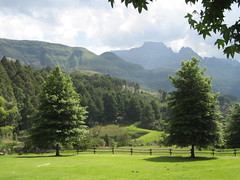
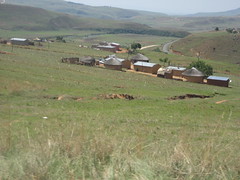
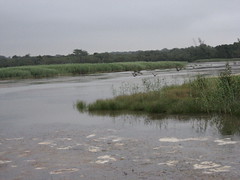
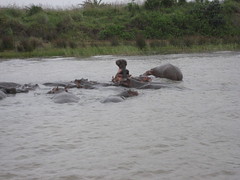
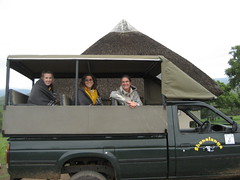
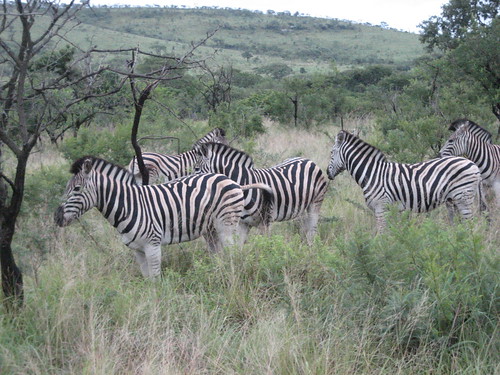
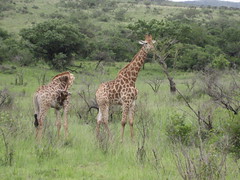
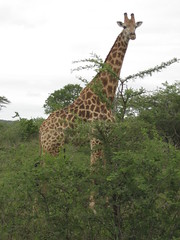
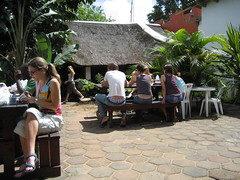
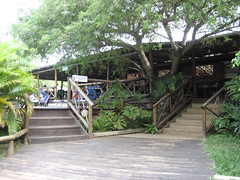
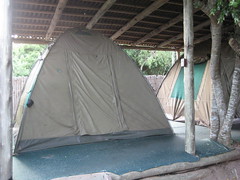
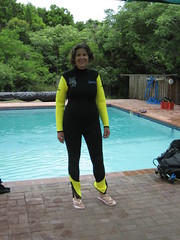
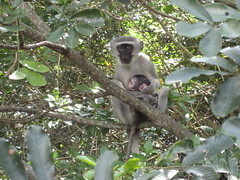
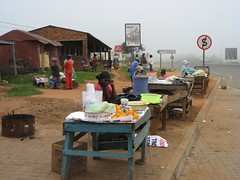
Sybil picked me up and took me to her place, which was a charming home with a beautiful garden and view. She has traveled all over the world and has many stories to tell so it was nice to have that in common. She was most gracious and helped me accomplish many of the tasks I wanted to do while in the city--like sorting out flights, getting an Indian visa and shop for African gifts. She dropped me off at the Indian consulate, which was located in a not-so-good part of town. While there, I did a little shopping for some things to send home. After waiting for a bus that never came, I took one of those packed-to-the-max taxi vans which took me a half block from where I was staying and cost only $.20. I was the only white person on the bus. It is an odd feeling to be in the minority here in Africa—it gives you a little taste of what it feels like.
Durban has a huge Indian population that has done very well since Apartheid ended. It's funny that after generations of being in this country, they still speak with an Indian accent—it shows how large their population is. They came during the days when the British were building railroads, and the like, and needed cheap labor. I liked the feel of Durban. It has a British colonial heritage and the Indian Ocean is ever present. Jacaranda and other large trees line the streets and there are quite a few hills. It's quite tropical and yet the weather was mostly nice with good breezes.
I wanted to go up and see the Drakensberg Mountains and asked Sybil if she was interested in joining me. She was and offered to drive so we headed up that way for a few days. This is another gorgeous part of South Africa about three hours outside of Durban. There are several scenic places along the range and each place we went to was more beautiful than the last. Champaign Castle, Cathedral Peak and Amphitheater are some of the places we saw. They were all spectacular and we went on some nice hikes along the way passing noisy baboons in the trees as we walked.
She was open to staying in backpackers and, for the first two nights, we stayed in a very nice one and had the room to ourselves. The next morning she pointed to the window where, outside on the ledge, was a small snake sunning itself. We called the manager and, sure enough, it was a puff adder. I had suspected so because when we came closer to the window to get a close look, it puffed up its body—living up to its name. They call this the 2-step snake. You get bit and you have two steps before you collapse. The windows were wide open, and no one has screens here, so the snake could have easily crawled in the room. Our pillows were right by the window. It was exciting to finally see my first snake after all the worries—and it wasn't so bad given there was a pane of glass between us.
Our return drive was quite nerve-wracking since the weather took a nasty turn and the rain came down in buckets. At one point, it was hailing the size of marbles and we had to dart into a row of trees to keep the hail from putting dents in the car. It was a long and dangerous trip home and we past a horrendous accident along the way. The first thing we did when we arrived home was to pour ourselves a glass of wine—so grateful to have made it back in one piece.
The South Africans sure do like their sugar and they put it in everything—including meat dishes. They have more sweet meat sauces than I've ever tasted. Since Sybil had been cooking for me, I wanted to reciprocate and offered to make spaghetti. I bought all the ingredients and made the sauce from store-bought jars and, much to my surprise, the end results were super sweet. She loved it but it was strange to me. One woman said to me “we South Africans do have a bit of a sweet tooth”. If ever there was an understatement!
Zulus are the predominant African tribe in this greater area and Zululands extend up to Mozambique. Sybil has a gardener and housekeeper who have been with her for seventeen years. They are both Zulu and, when they are finished with work, they return far distances to their homes. She used to be a nurse supervisor and there were many Zulu customs that the hospital had to adjust to. When someone dies, the Zulus have a huge funeral feast. A bracelet is made of the meat and skin from the animal used in the feast and worn by the mourners for an entire year. As you can well imagine, this became a big problem for the administration. Sybil knew they could not ask the Zulus to discontinue this practice because it was important to their beliefs. The solution was to wrap their wrists with an ace bandage and this seemed to satisfy most. We are not talking about people who work in operating rooms where sterile conditions are required.
After a two-week stay in Durban—with my big new Indian visa in hand—I resumed my travels and headed up to the coastal town of St. Lucia. The town is located on a large estuary, which has been given a World Heritage designation—as have the Drakensbergs. My roommate and I took a sunset boat ride from which we saw large families of hippos, crocodiles and many varieties of birds. The waters, reeds and sand bars are beautiful and the Afrikaner captain was a total character—giving names of things in five languages. We also had some good tasting local seafood at a little place here called "Fishy Pete's" and Pete was usually sitting at the bar.
It had been many years since I last did any scuba diving and I was excited about arriving in Sodwana Bay, where they are supposed to have the best diving in all of South Africa. The coral reefs here are beautiful and healthy. There is an abundance of wildlife and fishes, rays and sharks. Coral Divers is where I was staying and they provide everything a diver could want. The first thing on my agenda was to take a diver's refresher course as my skills were really rusty. The place is a well-run outfit and everyone staying there is either taking classes or diving. Megan was my instructor—a nineteen-year-old girl from Zimbabwe. She was terrific—very calm and patient. After a morning in the pool, she said was ready to go out so on the second day, I had my first dive in fifteen years. It was awesome! I was a little seasick on the boat ride out but it was well worth it. The next dayt was calmer and I did even better.
The beauty of the reef is hard to describe in words. These corals are unlike any I'd seen before. They are mostly in soft muted colors of greens, mauve, blues, pink and rust. The shapes are all different—some like tulips, mushrooms, and branches pancaked over the reef. Some move back and forth with the current. The variety of fish is amazing and most are in brilliant iridescent colors. One juvenile fish had an intricate geometric pattern all in bright purple on a white background. Its pattern and color changes completely when grown. Seeing these reefs has to be one of the best things I've done in years.
The lodge has different types of basic accommodations and I took a tent that was large enough to stand up in. I liked it because it was well sealed from mosquitoes. Every morning a parade of vervat monkeys would wake everyone up as they scampered all over our tents opening zippers while looking for food. We were all getting up for early dives so that didn't matter but you couldn't dare leave food in your tent. It was fun here because divers were out in the morning and then gathered later to swap stories over a beer.
Advertisement
Tot: 0.165s; Tpl: 0.011s; cc: 13; qc: 50; dbt: 0.0697s; 1; m:domysql w:travelblog (10.17.0.13); sld: 1;
; mem: 1.2mb





























